
|
ECGbook.com Making Medical Education Free for All |
Upload ECG for Interpretation |

|
ECGbook.com Making Medical Education Free for All |
Upload ECG for Interpretation |
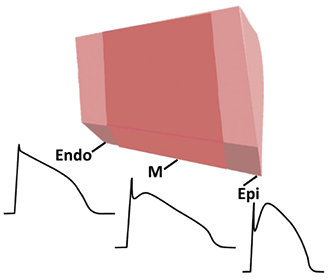


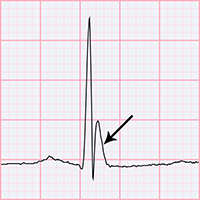
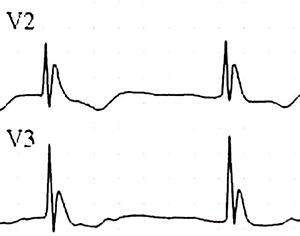
Hypothermia
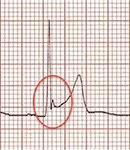
Benign Early Repolarization
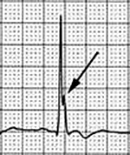
Hypercalcemia
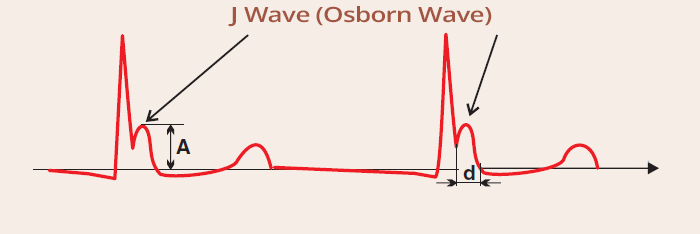
Osborn Wave and Hypothermia

Hypothermia (32°C)

Hypothermia (34°C)

Hypothermia (35°C)

Hypothermia (36°C)
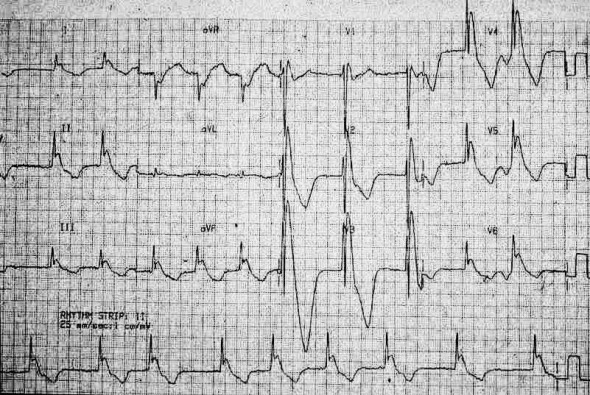
Hypothermia (27°C)

Hypothermia (30°C)
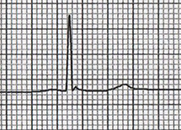
Hypothermia (32.5°C)

J Wave and Hypothermia (29°C)
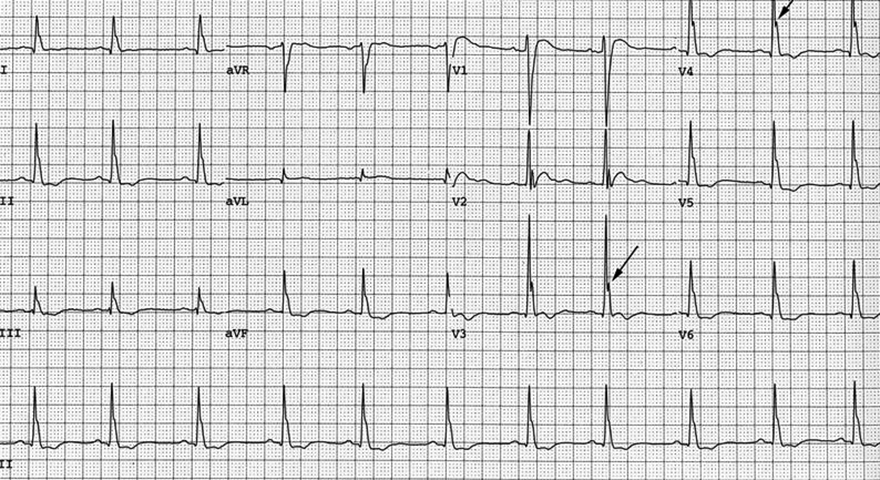
J Wave and Hypercalcemia

J Wave and Benign Early Repolarization
Sources

|
|

|
|

|
|
ECG and J Wave (Osborn Wave)
|

|
 |
 |
 |
||
Hypothermia
|
Benign Early Repolarization
|
Hypercalcemia
|

Osborn Wave and Hypothermia

Hypothermia (32°C)

Hypothermia (34°C)

Hypothermia (35°C)

Hypothermia (36°C)

Hypothermia (27°C)

Hypothermia (30°C)

Hypothermia (32.5°C)

J Wave and Hypothermia (29°C)

J Wave and Hypercalcemia

J Wave and Benign Early Repolarization
Sources